Home>Garden Essentials>How To Grow Cat Grass Seeds
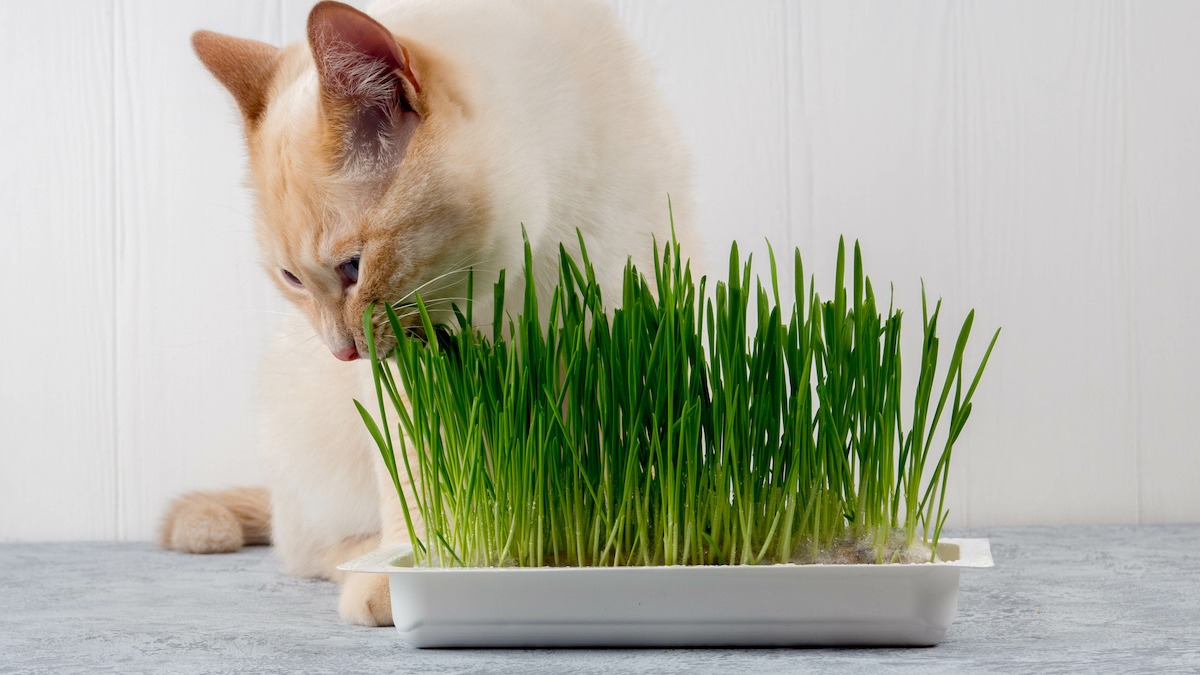

Garden Essentials
How To Grow Cat Grass Seeds
Modified: April 23, 2024
Learn how to grow cat grass seeds in your garden. Provide proper care and create a safe and healthy environment for your furry friends.
(Many of the links in this article redirect to a specific reviewed product. Your purchase of these products through affiliate links helps to generate commission for Storables.com, at no extra cost. Learn more)
Introduction
Welcome to the wonderful world of gardening! Whether you have a green thumb or are just getting started, growing cat grass seeds is a fun and rewarding project. Not only does it provide your feline friends with a healthy, natural snack, but it also adds a touch of green to your indoor or outdoor space.
Cat grass, also known as pet grass, is a type of grass that is safe for cats to consume. It helps to satisfy their natural instinct to chew on grass and can even aid in digestion. Growing cat grass from seeds is a simple and cost-effective way to provide this beneficial plant to your furry companions.
In this article, we will guide you through the step-by-step process of growing cat grass seeds. From gathering supplies to troubleshooting common issues, you’ll have all the information you need to successfully cultivate this delightful plant. So, let’s dig in and get started!
Key Takeaways:
- Growing cat grass seeds is a fun and rewarding project that provides a healthy snack for your cat. Choose organic seeds, provide proper care, and enjoy watching your cat indulge in their very own patch of green!
- To grow cat grass seeds, gather supplies, choose the right seeds, and provide proper care. Harvest and offer the fresh cat grass to your cat for a delightful and healthy snack. Troubleshoot common issues for successful growth.
Read more: How To Grow Seed
Step 1: Gather Supplies
Before you start planting cat grass seeds, it’s important to gather all the necessary supplies. Here’s a list of what you’ll need:
- Cat grass seeds
- A planting container
- High-quality potting soil
- A spray bottle
- Water
- A sunny spot or grow lights
When selecting cat grass seeds, look for varieties that are safe for cats to consume. Avoid seeds that have been treated with chemicals or pesticides. You can find cat grass seeds at your local garden center or purchase them online.
For the planting container, choose a shallow, wide pot or tray with drainage holes. This will allow excess water to escape and prevent the roots from becoming waterlogged.
The potting soil should be well-draining and nutrient-rich. You can buy a pre-mixed potting soil suitable for indoor plants or make your own by combining equal parts of garden soil, compost, and perlite or vermiculite.
A spray bottle filled with water will come in handy for misting the seeds and keeping the soil moist during germination.
Lastly, make sure you have access to a sunny spot or have grow lights available. Cat grass requires at least six to eight hours of direct sunlight each day to grow properly. If you don’t have a sunny window, you can use artificial grow lights to provide the necessary light.
Once you’ve gathered all the supplies, you’re ready to move on to the next step: choosing the right seeds for your cat grass.
Step 2: Choose the Right Seeds
Choosing the right cat grass seeds is crucial for successful growth and ensuring your feline friend’s safety. Here are a few things to consider when selecting the seeds:
- Choose organic seeds: Opt for organic cat grass seeds to ensure that they are free from pesticides and other harmful chemicals. This is especially important since your cat will be consuming the grass.
- Select a cat-friendly grass variety: There are several grass varieties that are safe and suitable for cats. Common choices include wheatgrass, barley grass, and oat grass. These grasses are easy to grow and provide essential nutrients for your cat.
- Check germination rate: Look for seeds with a high germination rate to increase the chances of successful growth. This information is usually provided on the seed packet or in the product description.
When buying cat grass seeds, you can find them at pet stores, garden centers, or online. Make sure to read customer reviews and choose a reputable seller to ensure the quality of the seeds.
Once you have selected the right cat grass seeds, it’s time to move on to the next step: preparing the planting container.
Step 3: Prepare the Planting Container
Preparing the planting container is an essential step in ensuring successful growth of your cat grass seeds. Follow these steps to get your container ready:
- Choose the right container: Select a shallow and wide planting container with drainage holes to prevent waterlogging. You can use a pot, tray, or even a shallow dish for this purpose.
- Add a drainage layer: Place a layer of small rocks or pieces of broken pottery at the bottom of the container. This will help facilitate proper drainage and prevent the roots from sitting in standing water.
- Fill the container with soil: Fill the container with high-quality potting soil, leaving about an inch of space at the top for watering.
- Moisten the soil: Before planting the cat grass seeds, moisten the soil by lightly watering it. The soil should be damp but not waterlogged.
Once you have prepared the planting container, it’s time to move on to the next step: planting the cat grass seeds.
Step 4: Plant the Seeds
Now that you have prepared the planting container, it’s time to sow the cat grass seeds. Follow these steps for successful planting:
- Evenly distribute the seeds: Sprinkle the cat grass seeds evenly over the surface of the moistened soil. Aim for a dense but not overcrowded distribution.
- Press the seeds gently: Using the back of a spoon or your fingertips, gently press the seeds into the soil. This will ensure good seed-to-soil contact for proper germination.
- Cover the seeds: Sprinkle a thin layer of soil or vermiculite over the seeds to lightly cover them. This will help to maintain moisture and protect the seeds during the germination process.
After planting the seeds, mist the soil with water using a spray bottle. This will help to settle the seeds in place and keep the soil moist. Avoid overwatering, as excessive moisture can lead to fungal growth or rotting of the seeds.
Now, place the container in a sunny spot or under grow lights that provide at least six to eight hours of direct sunlight each day. This will provide the necessary light for germination and growth.
Within a week or two, you will start to see small sprouts emerge from the soil. Congratulations, your cat grass seeds are on their way to becoming lush green blades of grass!
Now, let’s move on to step 5 to learn about providing proper care for your growing cat grass.
Tip: To grow cat grass seeds, plant them in a shallow container with well-draining soil. Keep the soil moist and place the container in a sunny spot. Trim the grass when it reaches 3-4 inches tall to promote new growth.
Read more: How To Plant Cat Grass Seed
Step 5: Provide Proper Care
Once the cat grass seeds have sprouted, it’s important to provide them with proper care to ensure healthy growth. Here are some tips for taking care of your growing cat grass:
- Water regularly: Keep the soil consistently moist, but not soggy. Check the soil regularly and water whenever it feels dry to the touch. Be careful not to overwater, as this can lead to root rot.
- Rotate the container: To promote even growth, rotate the container every few days. This will ensure that all sides of the grass receive adequate sunlight.
- Provide sufficient light: Cat grass needs at least six to eight hours of direct sunlight each day for optimal growth. If you are growing it indoors, ensure that it is placed near a sunny window or use artificial grow lights to provide the necessary light.
- Trim the grass: As the cat grass grows, you can trim it with scissors to promote bushier growth and prevent it from becoming too tall and top-heavy.
Remember to keep an eye on your cat while the grass is growing. They will be eager to nibble on it, but make sure they don’t eat excessive amounts that could upset their stomach or cause other health issues.
With the right care and attention, your cat grass will thrive and provide a healthy and enjoyable snack for your feline friend.
Now, onto step 6, where we’ll explore how to harvest and use cat grass.
Step 6: Harvest and Use Cat Grass
Once your cat grass has reached the desired height, it’s time to harvest and use it. Here’s what you need to know:
- Harvesting: Begin by cutting the cat grass just above the soil line using a pair of clean, sharp scissors. Trim the grass to the desired length, keeping in mind that cats prefer shorter blades.
- Using cat grass: Place the harvested cat grass in a clean bowl or offer it directly to your cat. Cats may nibble on the grass, chew on it, or even play with it. It’s a great way to provide mental and physical stimulation for them.
- Allow regrowth: After harvesting, allow the cat grass to regrow by providing proper care, including sunlight and regular watering. This will ensure a continuous supply of fresh cat grass for your furry friend to enjoy.
It’s always a good idea to monitor your cat while they interact with the cat grass. While it is generally safe for them to consume, some cats may have sensitivities or allergies, so keep an eye out for any adverse reactions.
With regular harvesting and care, you can enjoy a constant supply of fresh cat grass for your feline companion’s enjoyment.
Now, let’s move on to step 7 where we’ll discuss some troubleshooting tips to help you overcome common issues while growing cat grass.
Step 7: Troubleshooting Tips
While growing cat grass can be a relatively straightforward process, you may encounter some common issues along the way. Here are a few troubleshooting tips to help you overcome them:
- Yellowing or wilting leaves: If you notice that the leaves of your cat grass are turning yellow or wilting, it could be a sign of overwatering. Ensure that you are allowing the soil to dry slightly between waterings to prevent root rot.
- Lack of growth or sparse grass: If your cat grass is not growing or appears sparse, it may be due to insufficient light. Ensure that your plants are receiving at least six to eight hours of direct sunlight per day or adjust the positioning of your grow lights accordingly.
- Pests or diseases: Keep an eye out for any signs of pests or diseases, such as small insects or discoloration of the grass. If you notice any issues, treat the plants with an organic pest control solution or seek advice from a local gardening expert.
- Cat not showing interest: If your cat is not showing interest in the cat grass, try placing it in a different location or offering it at different times of the day. Some cats may take time to warm up to the idea of eating or playing with cat grass.
By following these troubleshooting tips and making adjustments as needed, you can overcome common challenges and ensure the healthy growth of your cat grass.
Congratulations! You’ve reached the end of our step-by-step guide on how to grow cat grass seeds. With the right supplies, proper care, and a little patience, you’ll be able to provide your furry friend with a delightful and nutritious treat.
Remember to always monitor your cat’s interactions with the cat grass, and if you have any concerns about their health, consult with a veterinarian.
Happy gardening and enjoy watching your cat indulge in their very own patch of green!
—
This article provided guidance on growing cat grass seeds. Cat grass seeds should be organic and safe for consumption. The planting container should have drainage holes, and the potting soil should be well-draining and nutrient-rich. Proper care includes watering, providing adequate light, and trimming the grass. Harvesting and offering the cat grass to your cat can provide mental and physical stimulation. Troubleshooting tips include addressing yellowing or wilting leaves, lack of growth, pests or diseases, and reluctance from your cat.
Happy gardening!
Conclusion
Growing cat grass seeds is a rewarding and enjoyable project that can provide numerous benefits for both you and your feline companions. By following the steps outlined in this guide, you can successfully cultivate a patch of lush, green cat grass that your cats will love.
From gathering supplies to choosing the right seeds, preparing the planting container, and providing proper care, each step is crucial in the growth process. Remember to select organic seeds, choose a suitable container, provide adequate sunlight or grow lights, and water your cat grass regularly while avoiding overwatering.
Harvesting and offering the fresh cat grass to your cats is a delightful experience, providing them with a healthy and enjoyable snack. Just be sure to monitor their interactions and consult with a veterinarian if you have any concerns.
If you encounter common issues like yellowing leaves, lack of growth, or pests, don’t worry. With the troubleshooting tips provided, you can overcome these challenges and ensure the healthy growth of your cat grass.
So, get ready to create a vibrant and verdant environment for your feline friends. Whether you’re a seasoned gardener or new to the world of plants, growing cat grass seeds is a wonderful way to nurture your love for gardening and your love for your pets.
Now, gather your supplies, choose your cat grass seeds, and let’s get started on this rewarding journey of growing cat grass seeds together!
Happy gardening and may your cats enjoy their freshly grown cat grass!
—
This article provided a comprehensive guide on how to grow cat grass seeds. It emphasized the importance of organic seeds and suitable containers, as well as the significance of providing proper care including watering, lighting, and attention to your cat”s needs. Troubleshooting tips were shared to address common issues, and the conclusion highlighted the rewarding nature of growing cat grass seeds and the joy it brings to both cats and their owners.
Enjoy the process and watch your cat”s delight as they indulge in their very own patch of green!
Frequently Asked Questions about How To Grow Cat Grass Seeds
Was this page helpful?
At Storables.com, we guarantee accurate and reliable information. Our content, validated by Expert Board Contributors, is crafted following stringent Editorial Policies. We're committed to providing you with well-researched, expert-backed insights for all your informational needs.
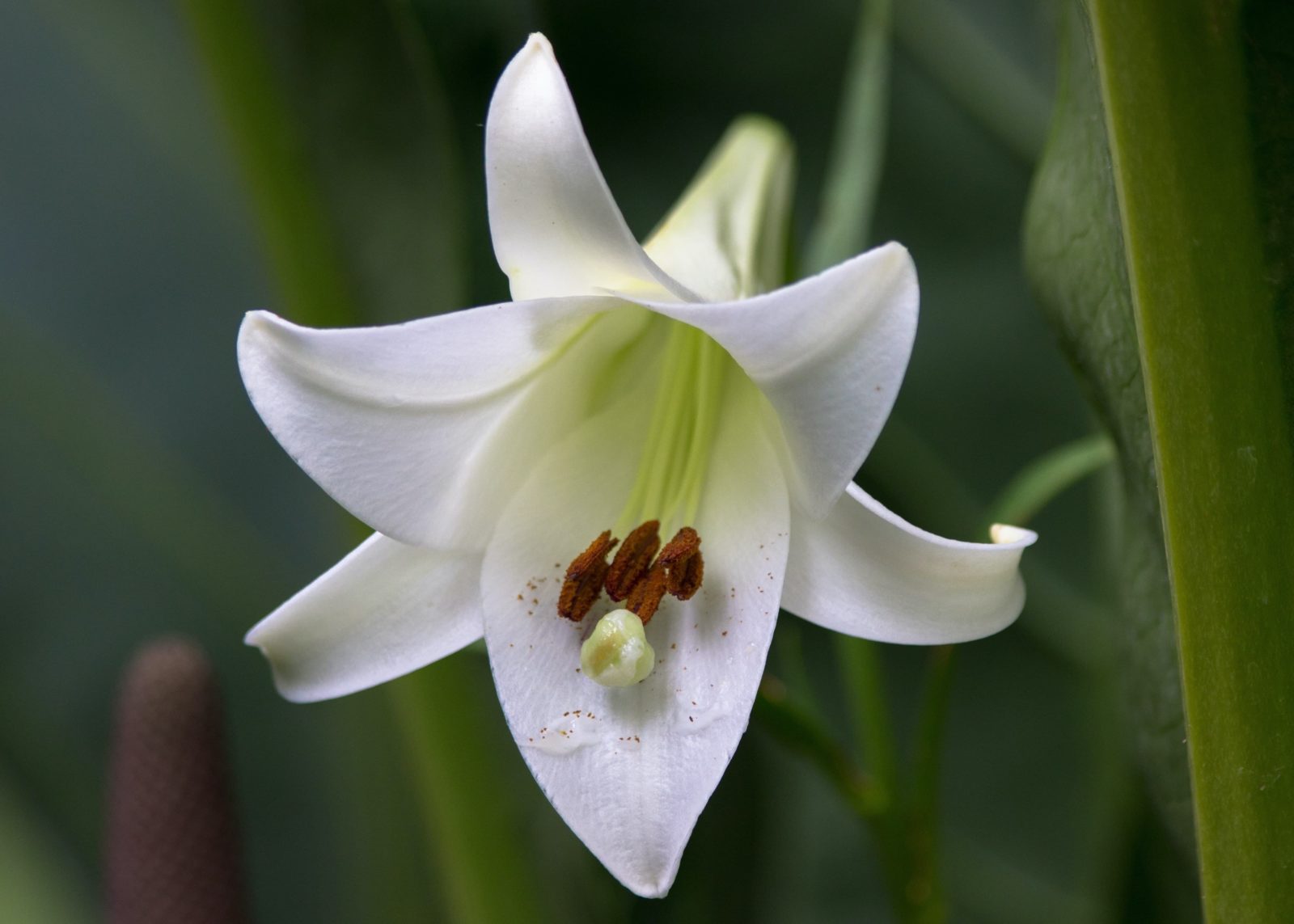
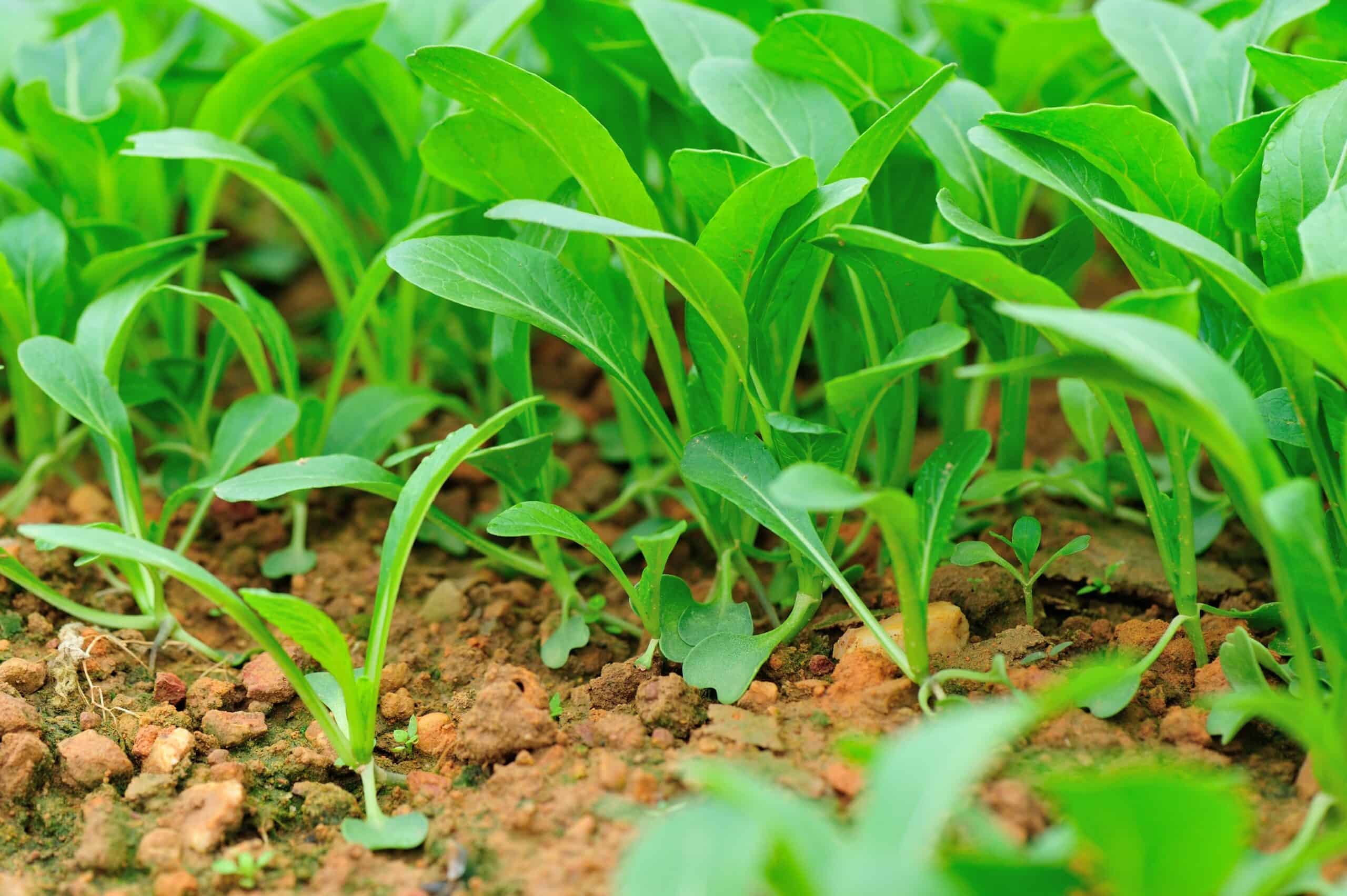
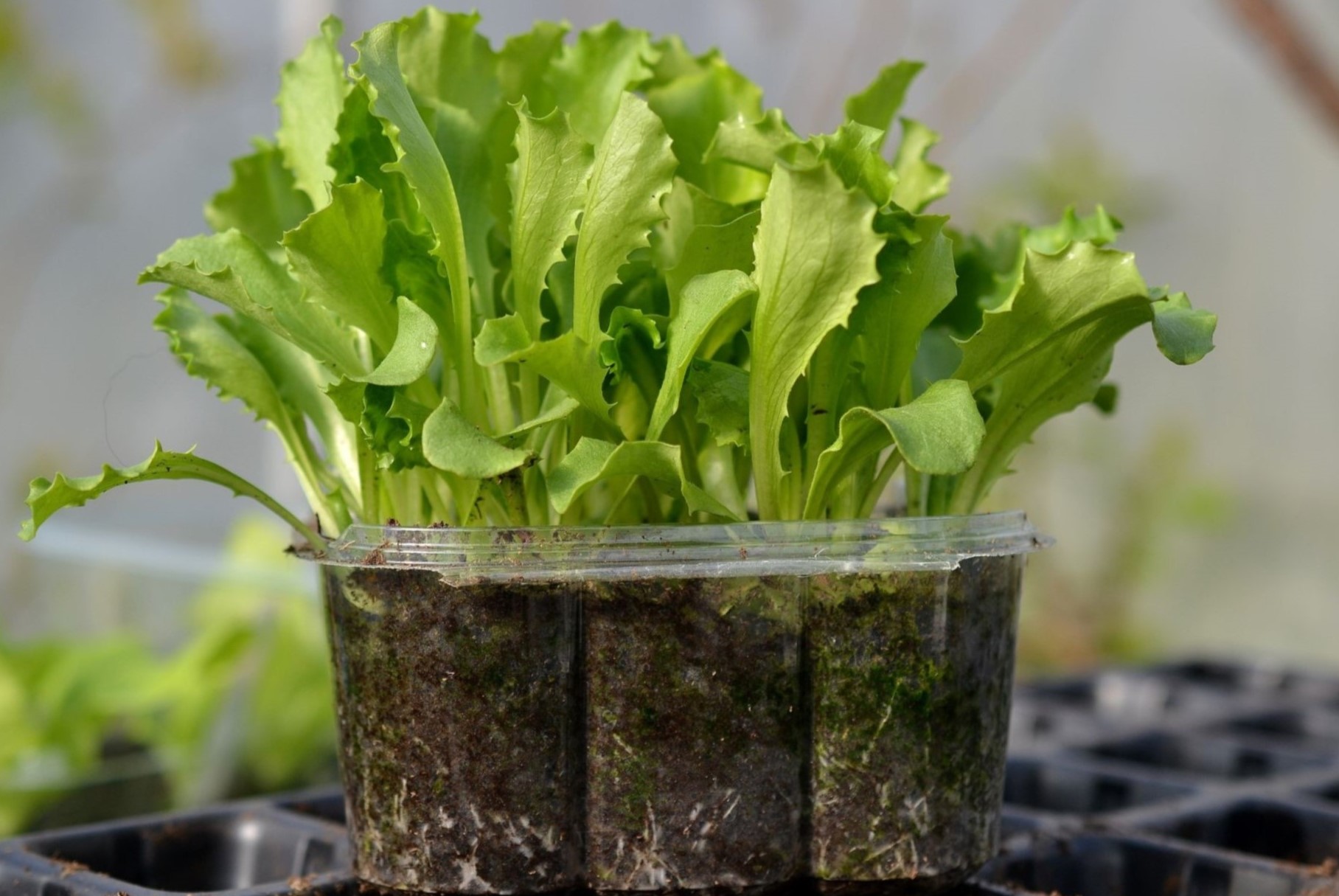
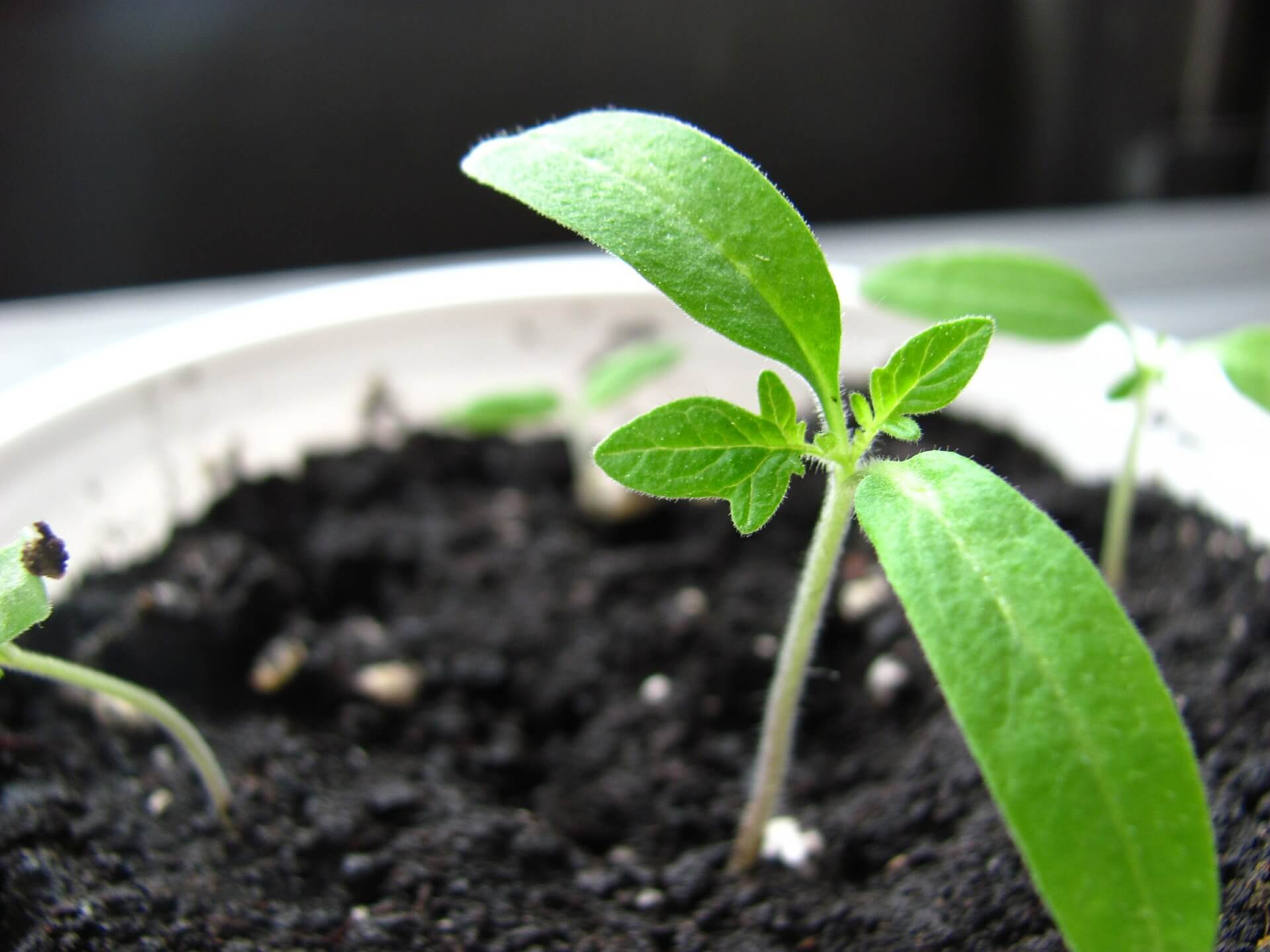


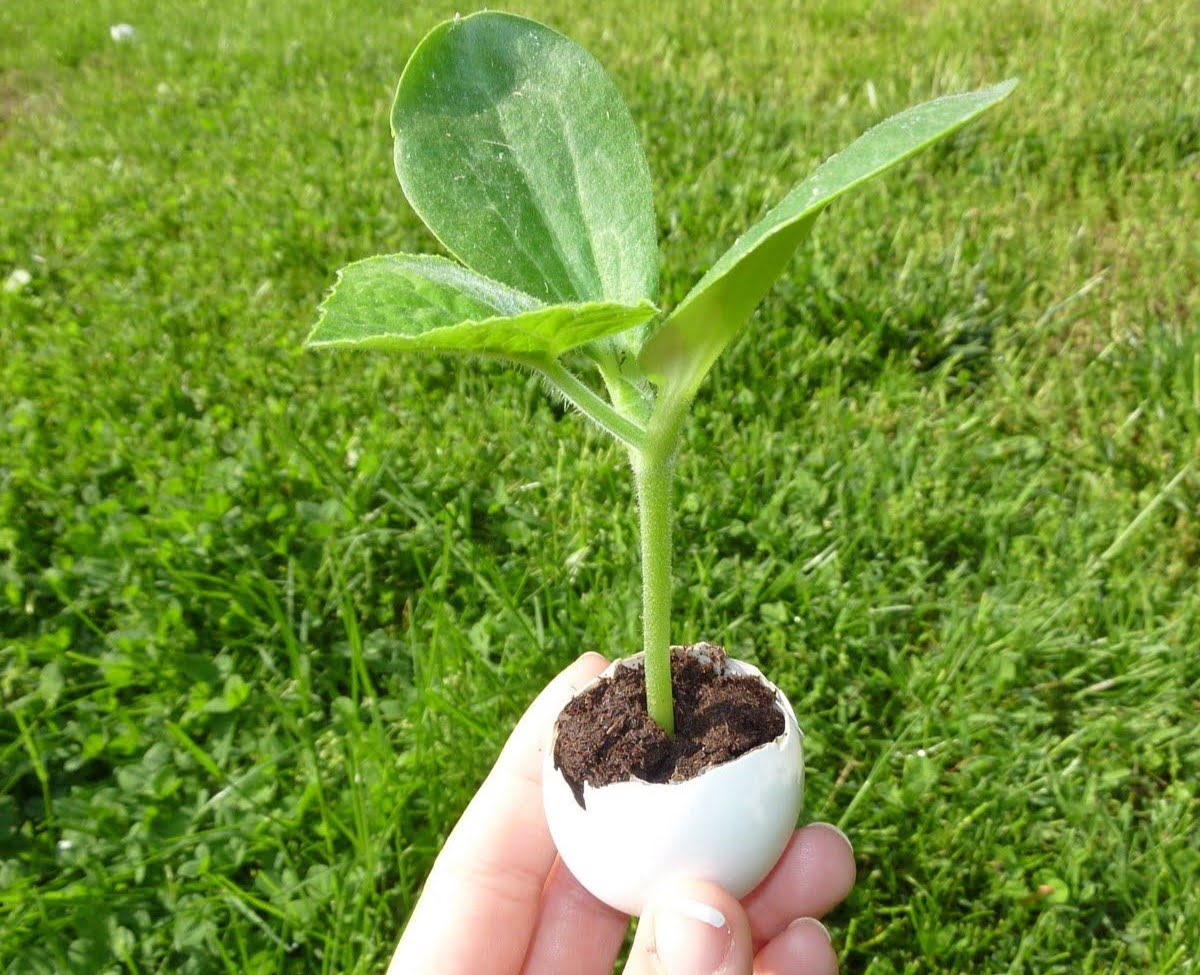
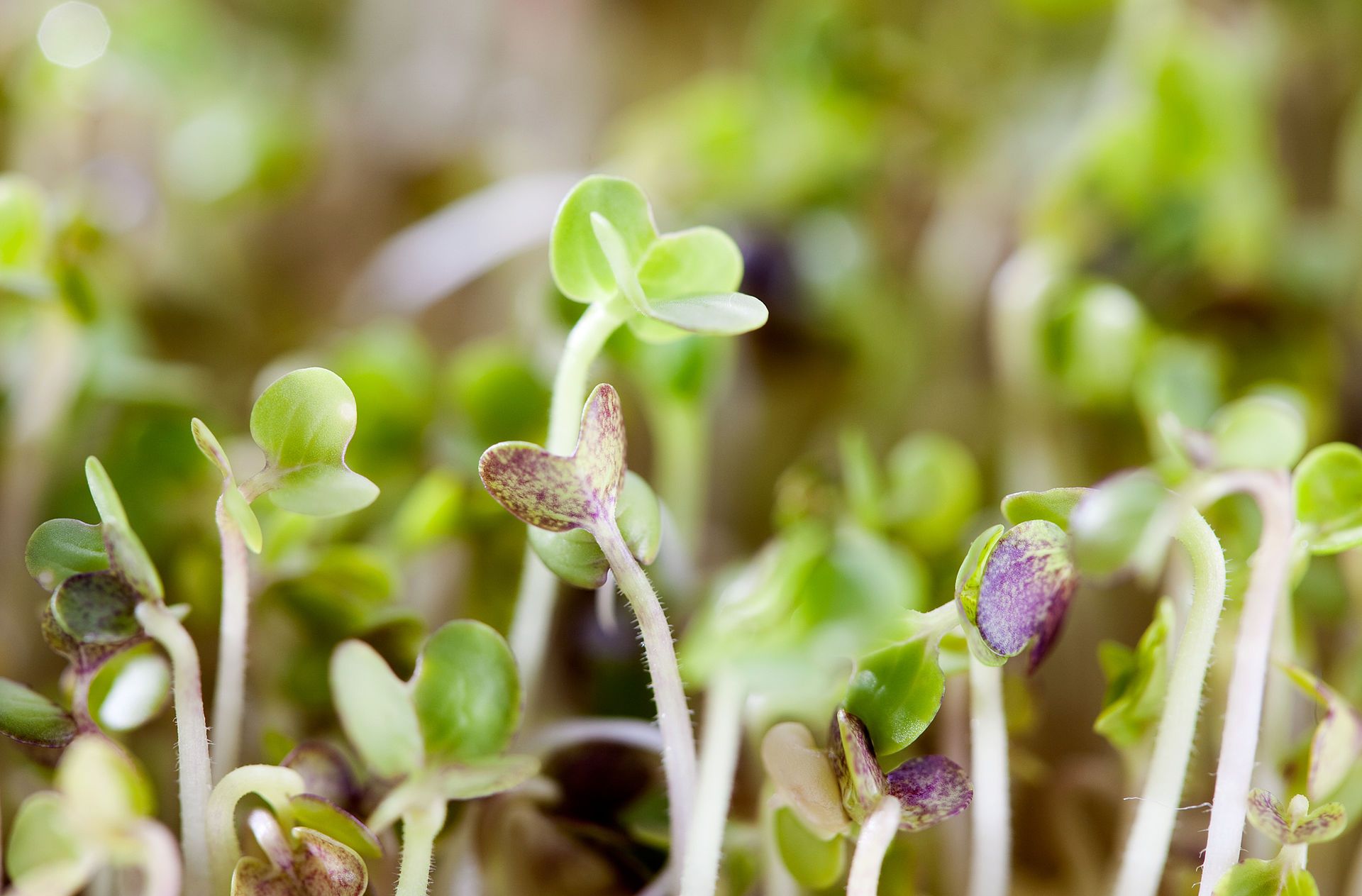
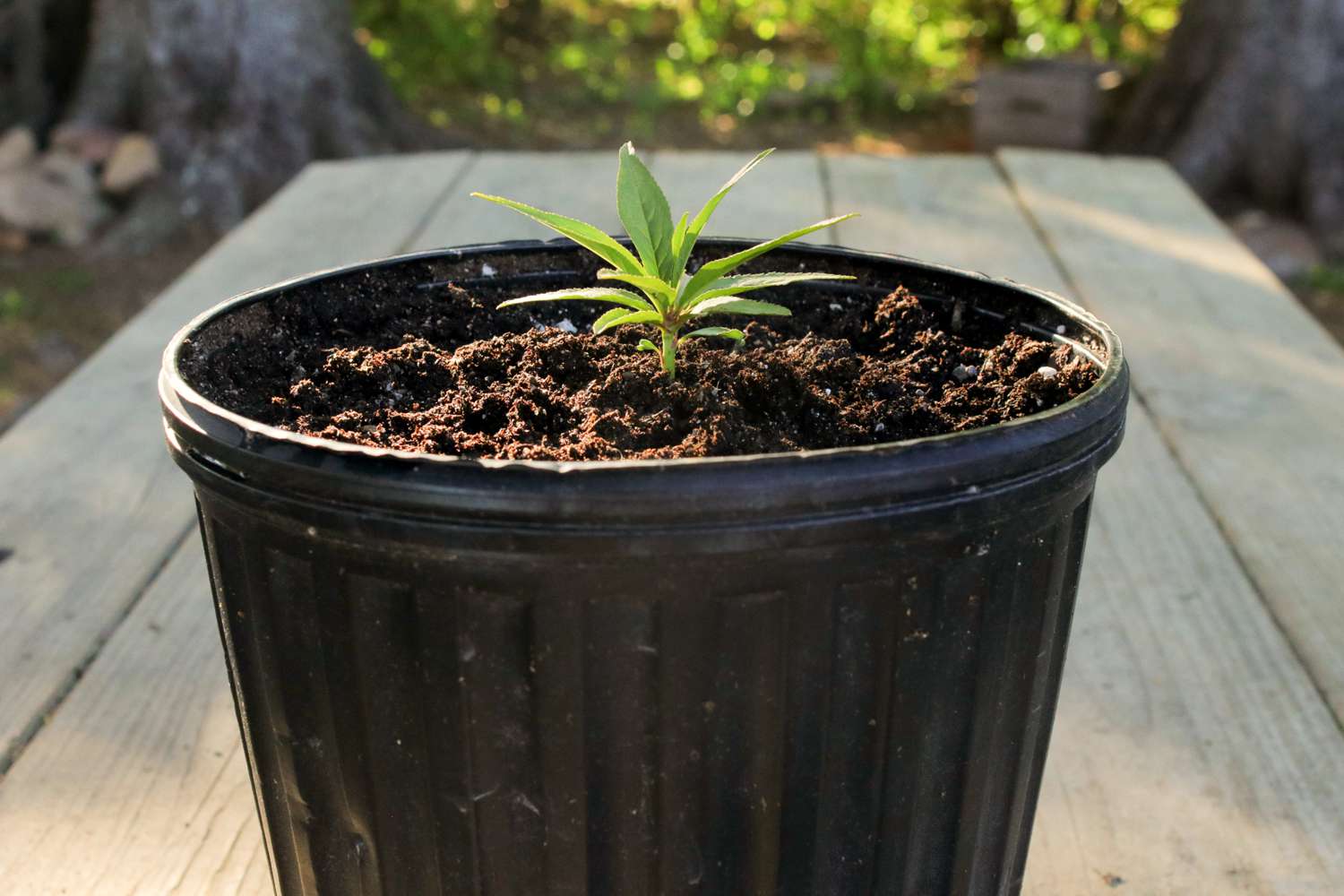
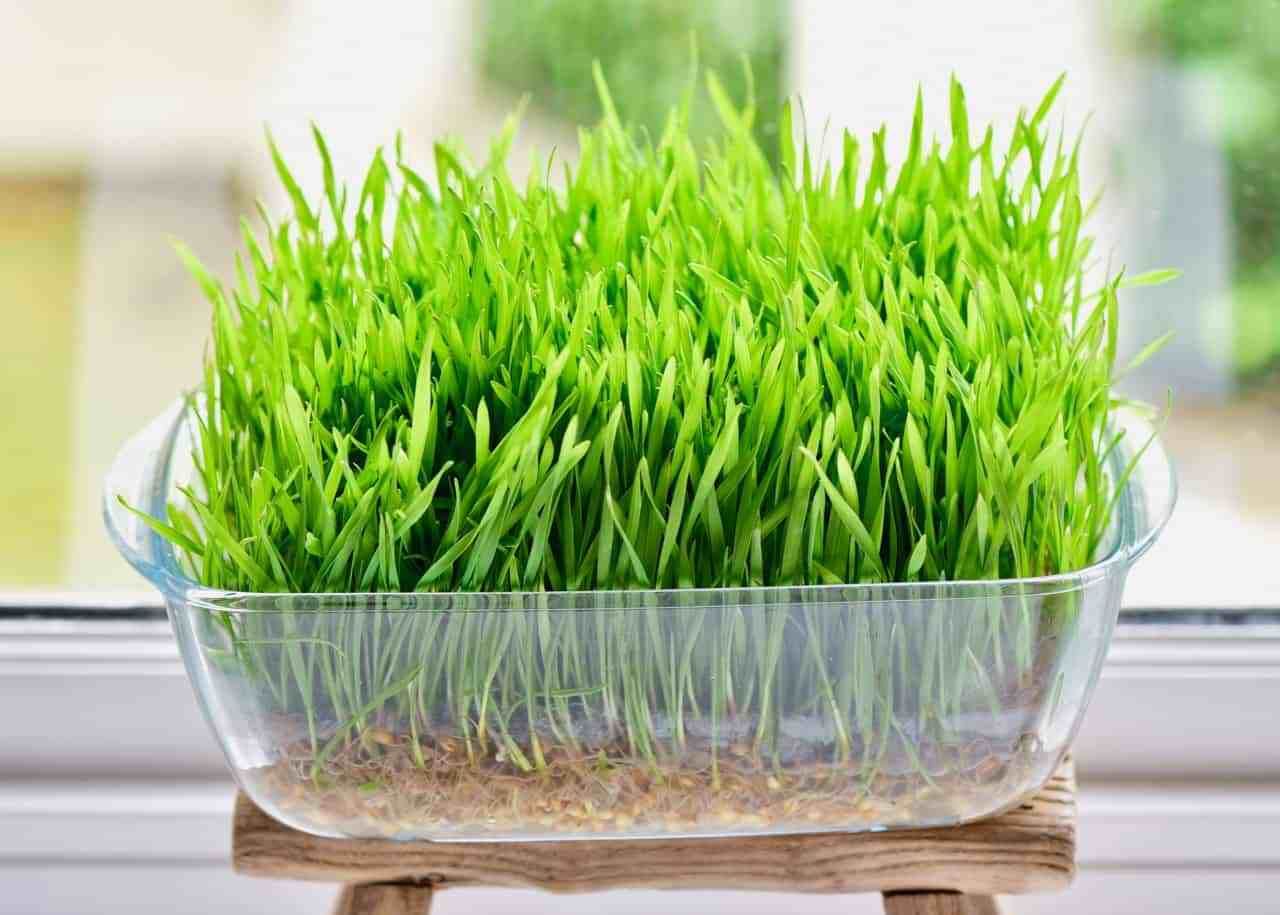
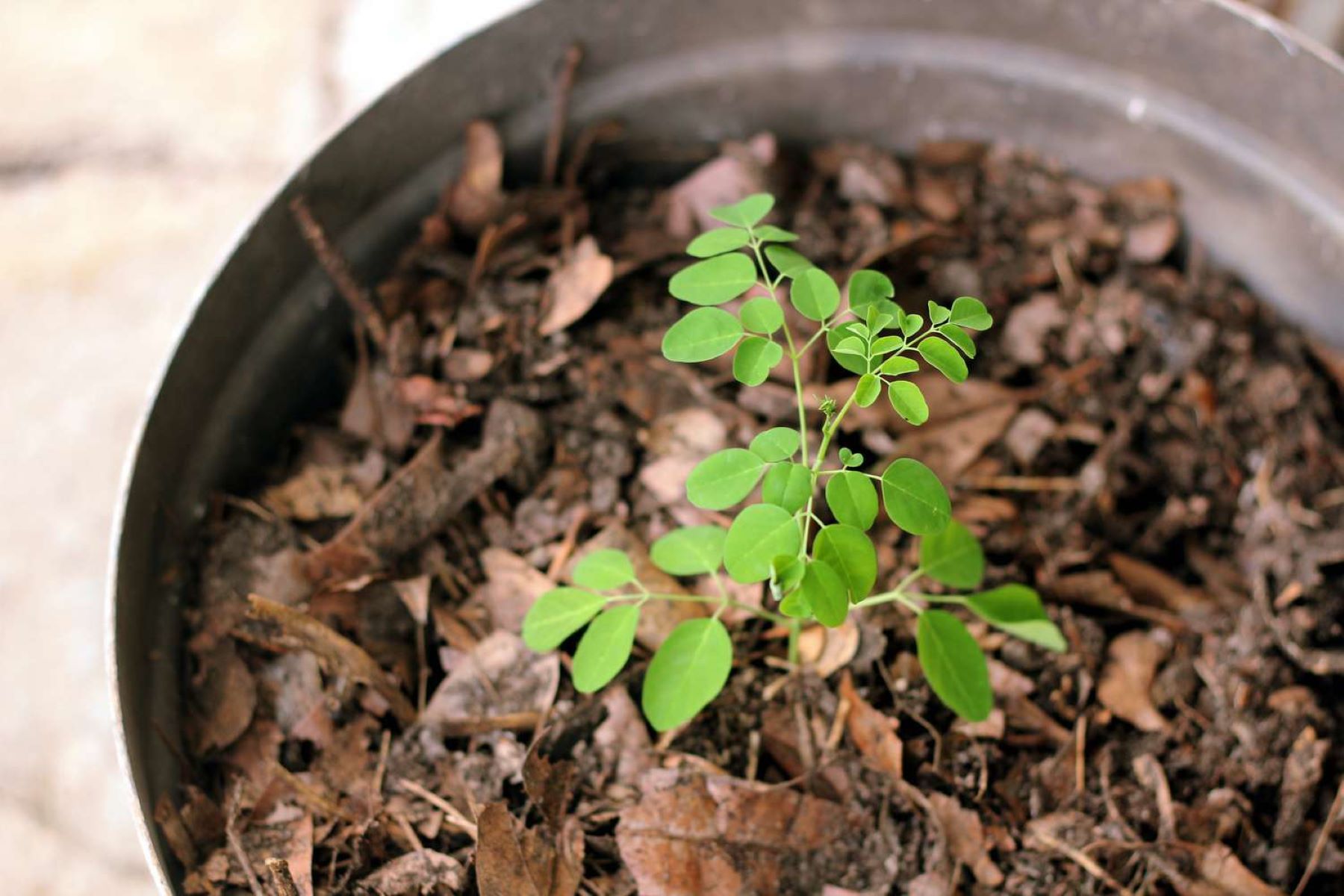

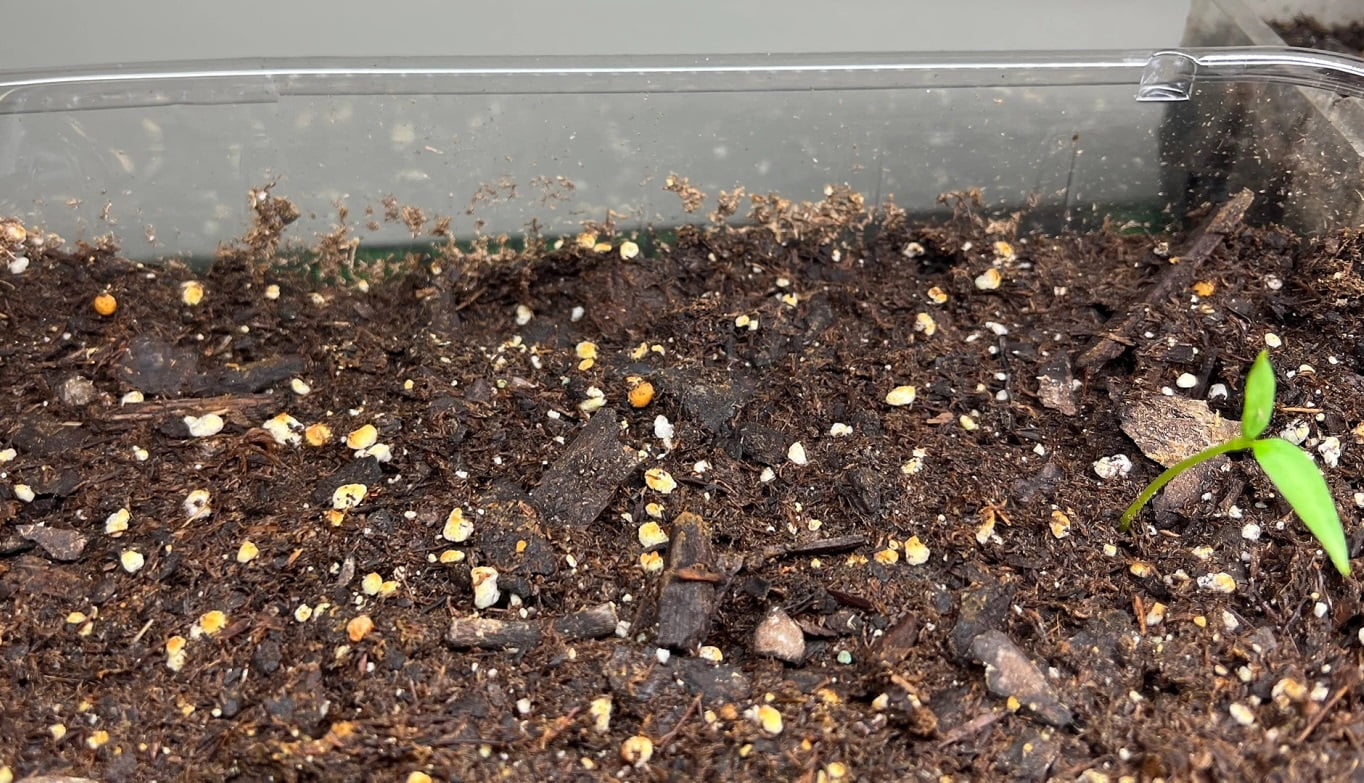


0 thoughts on “How To Grow Cat Grass Seeds”